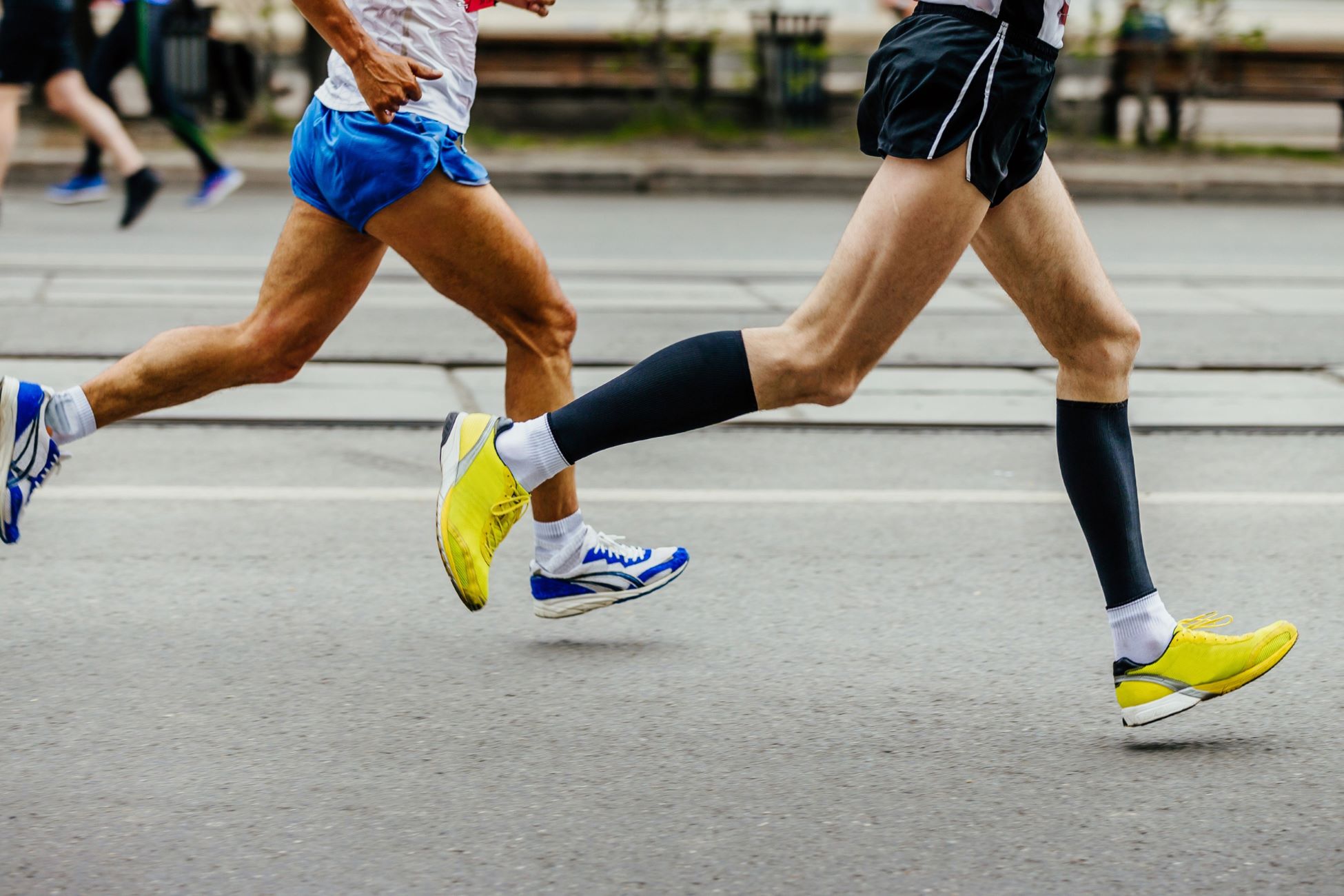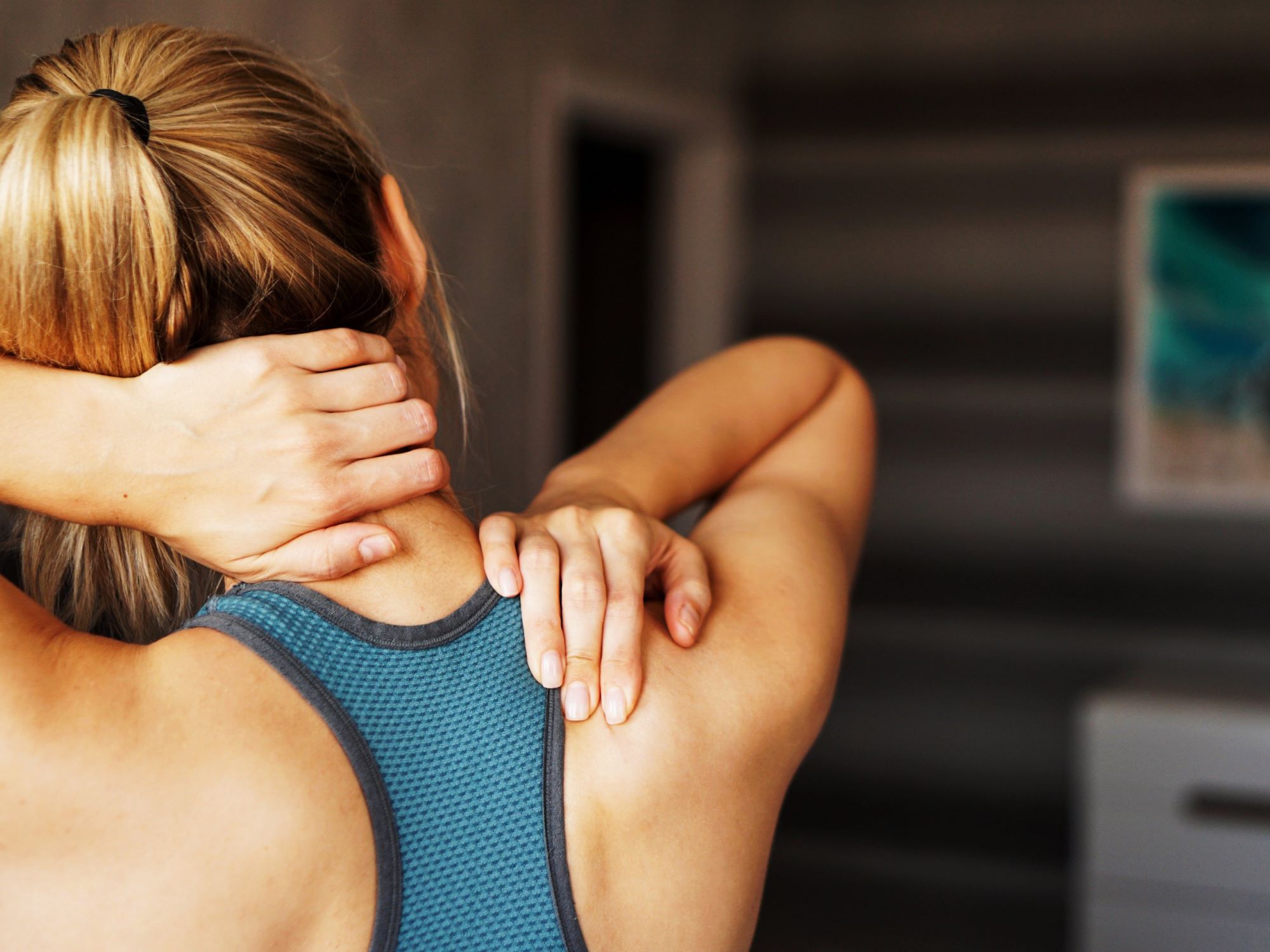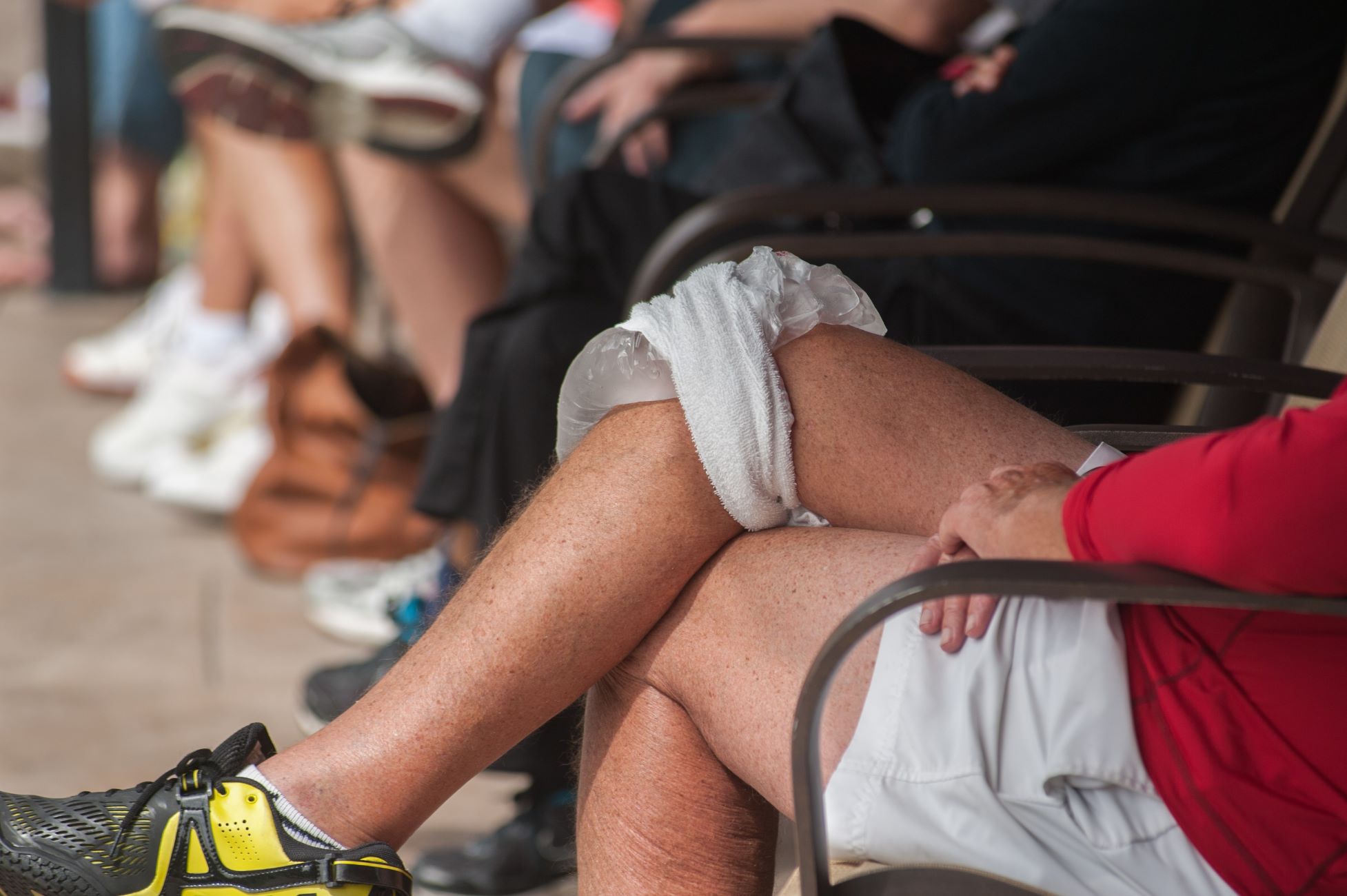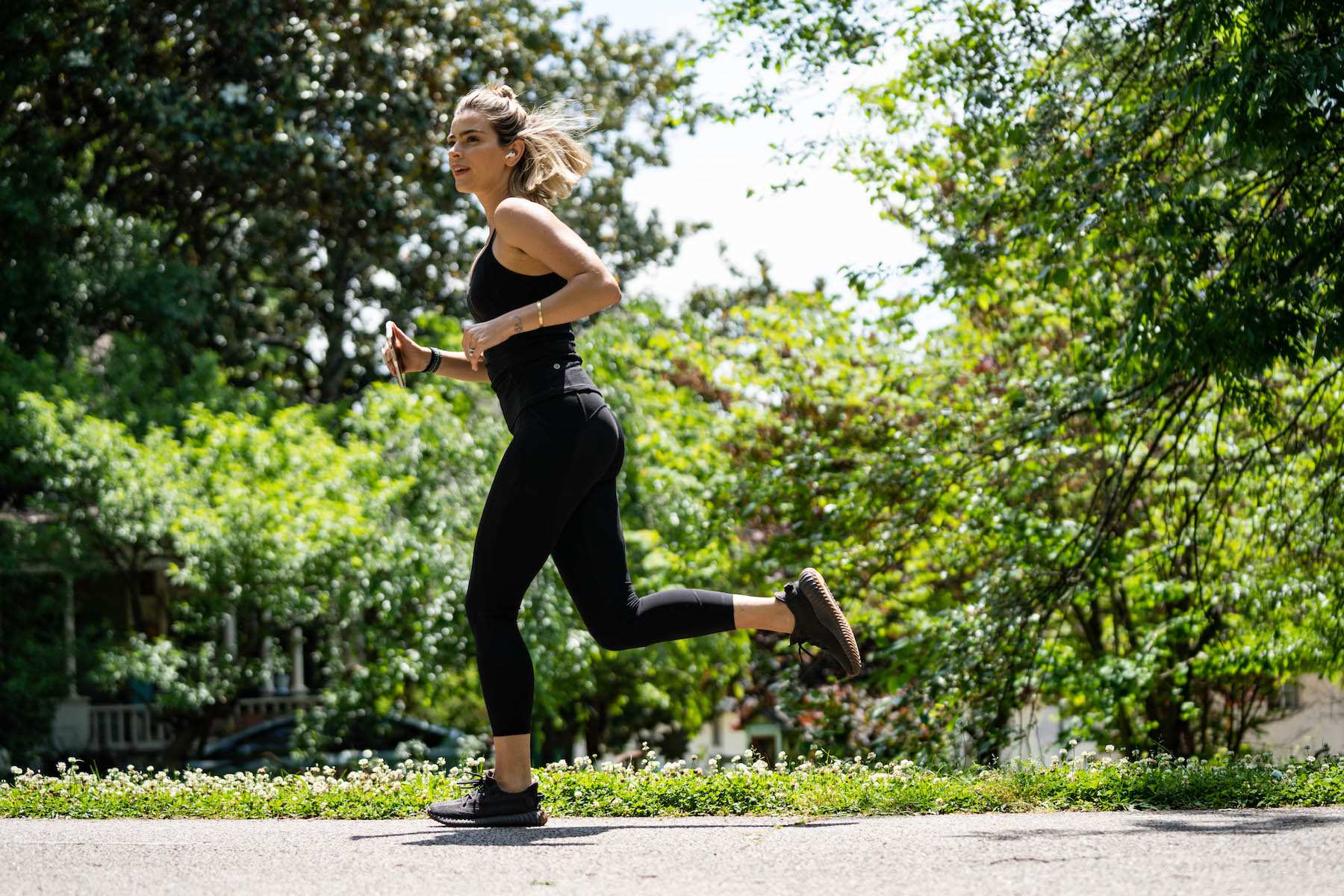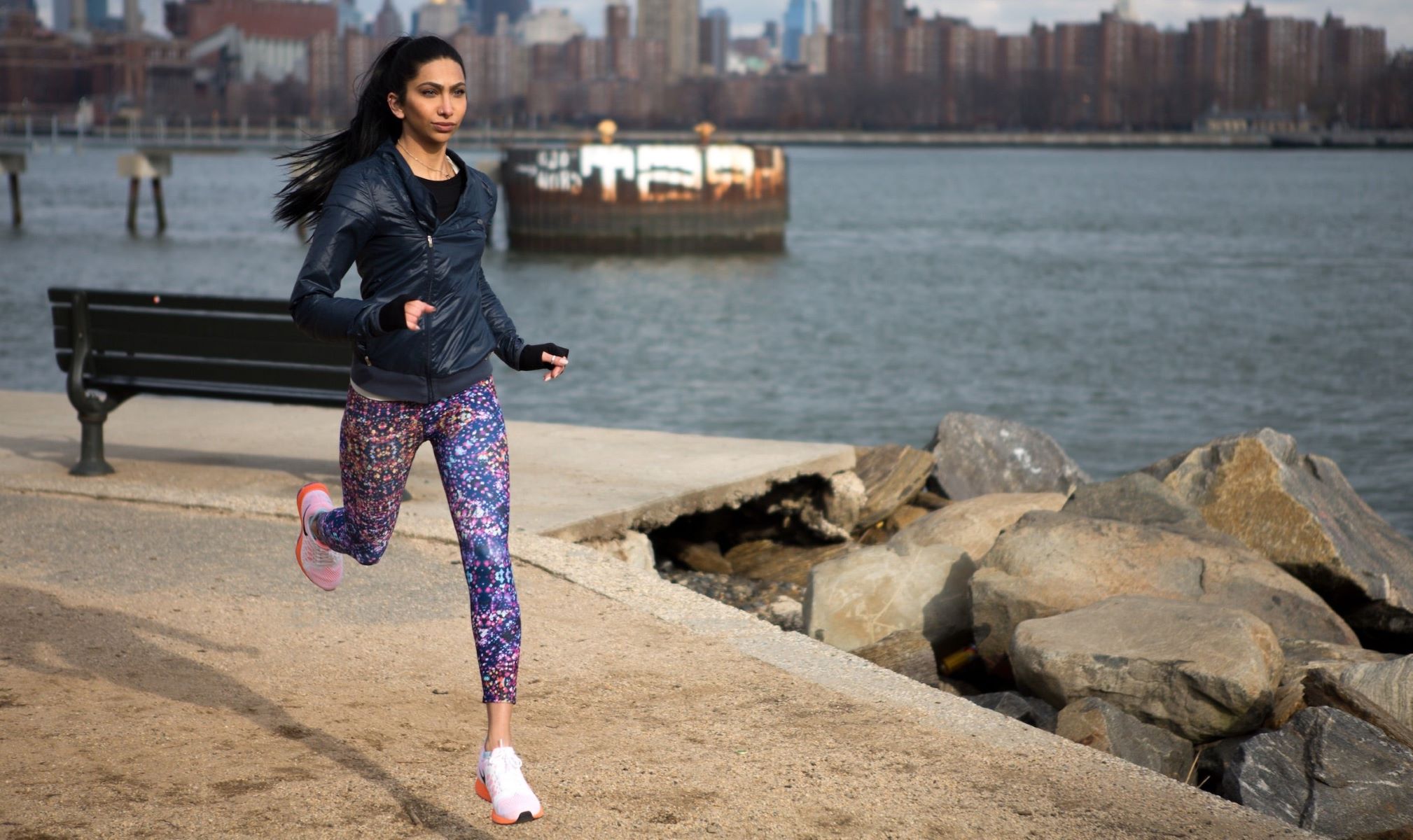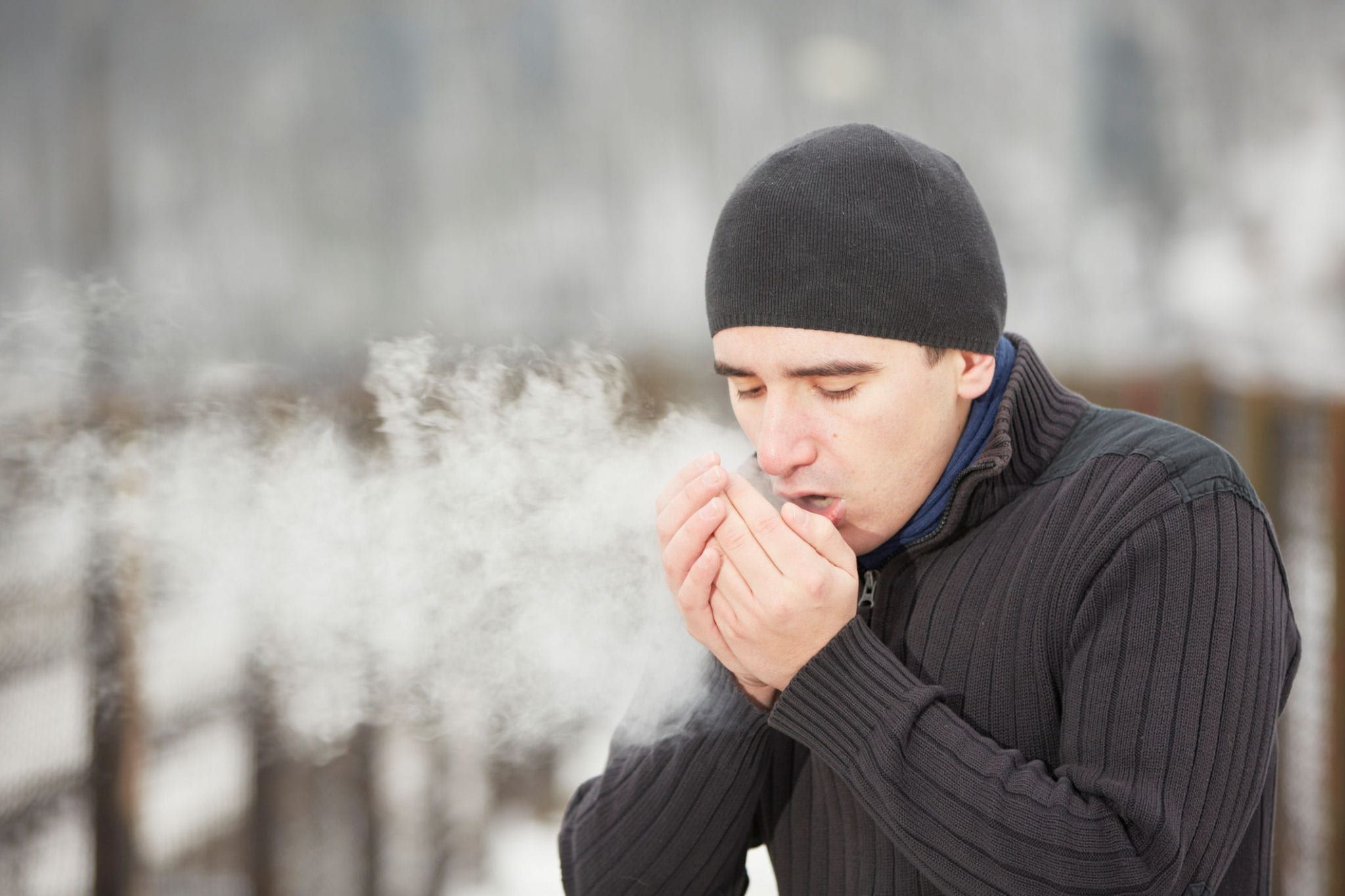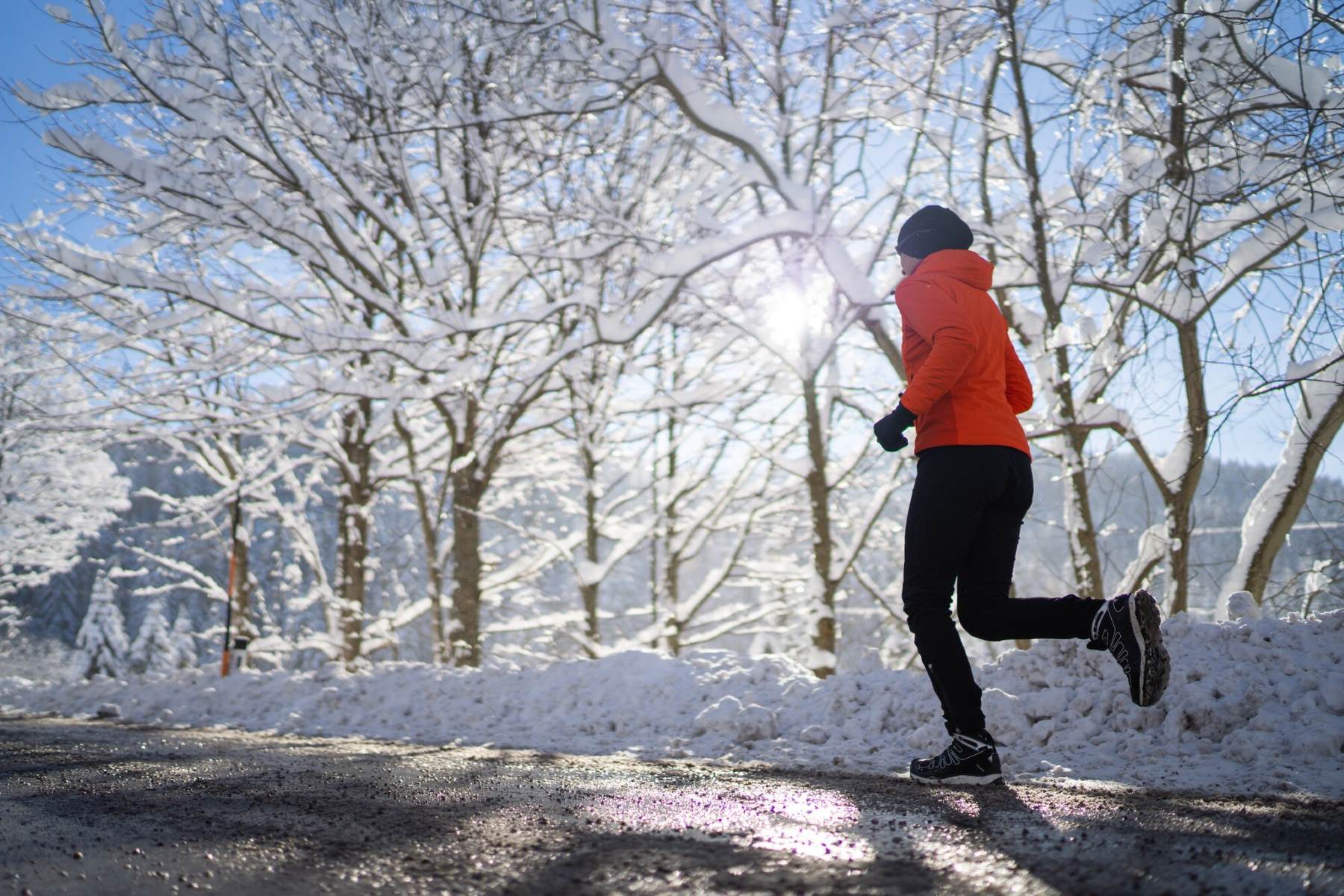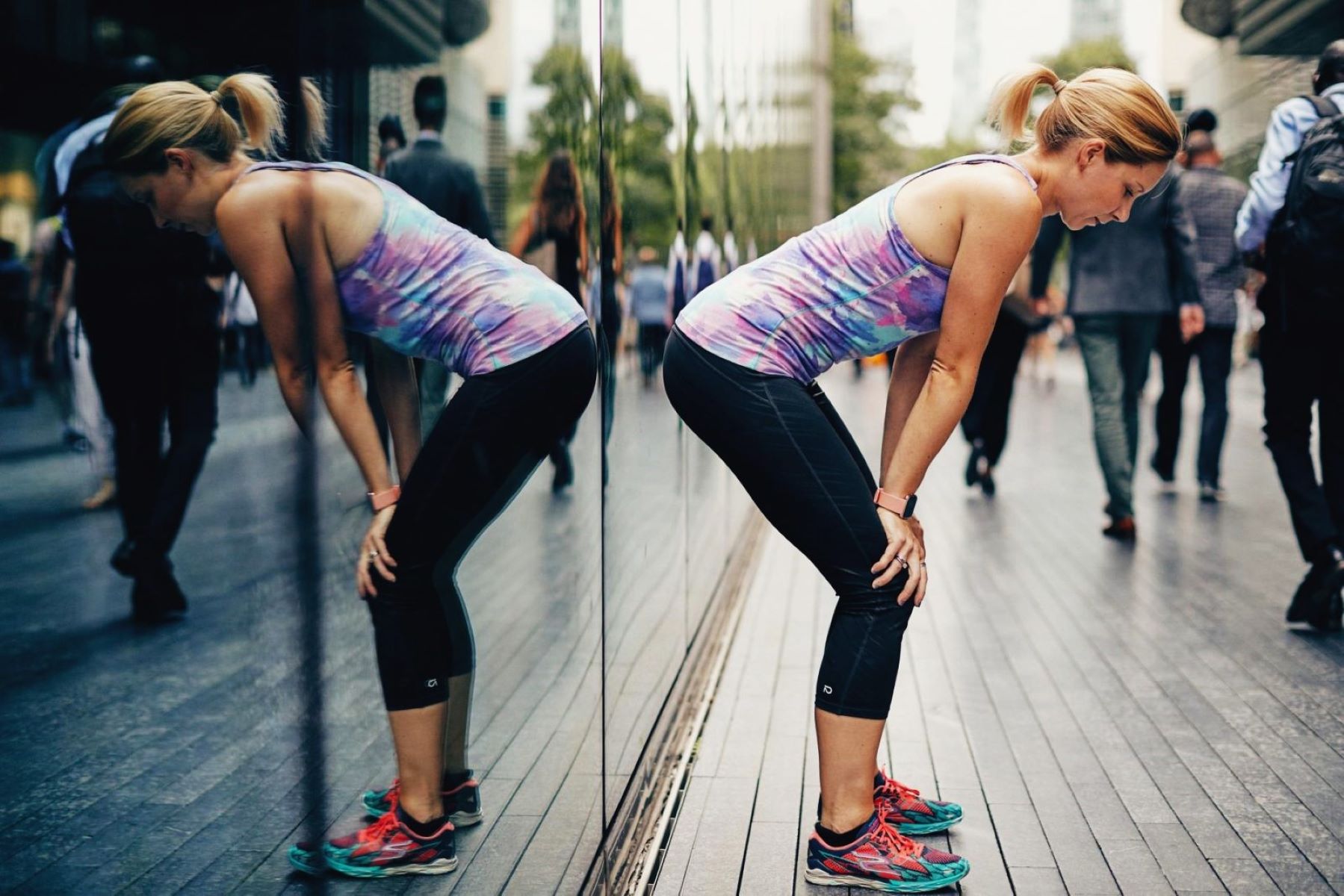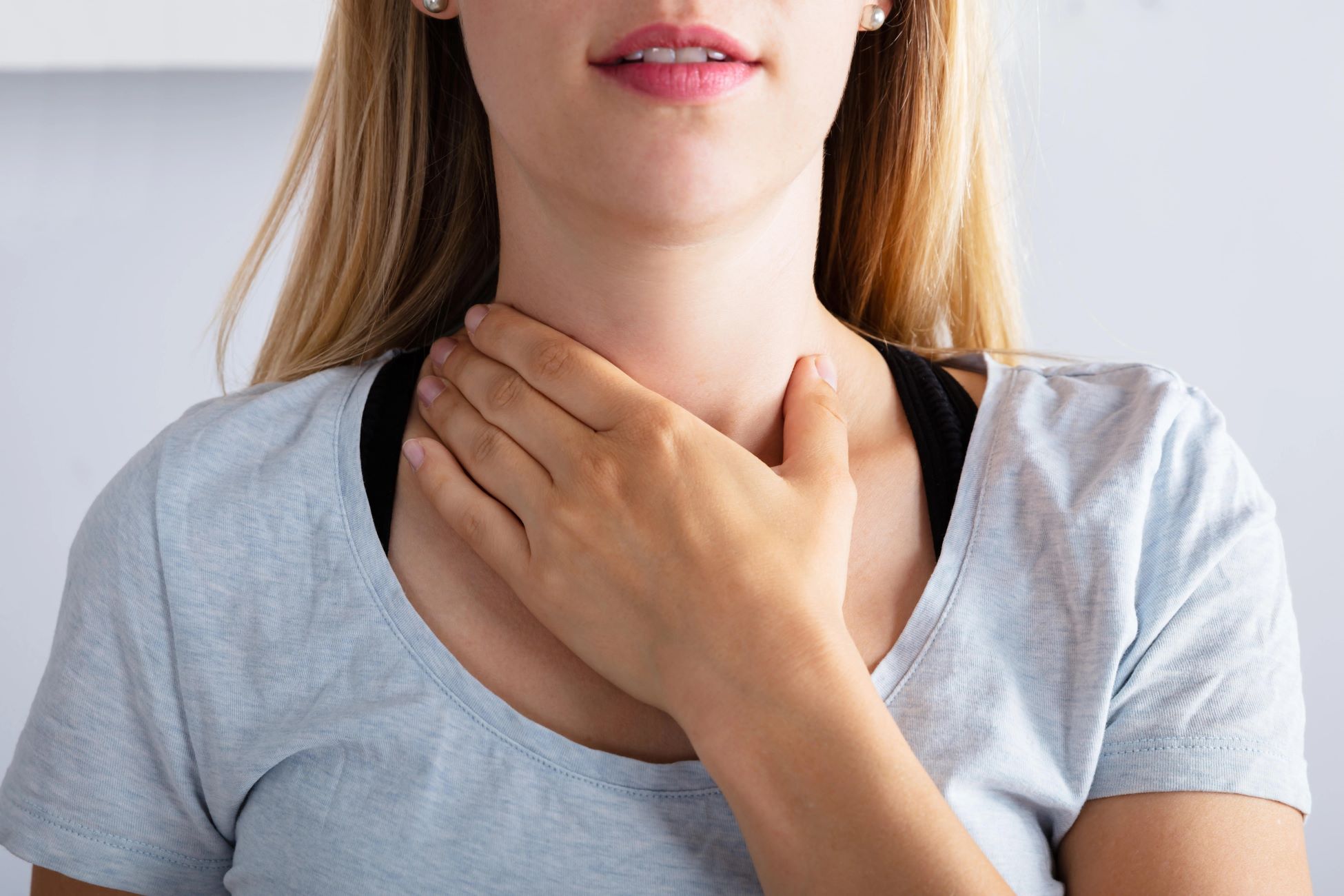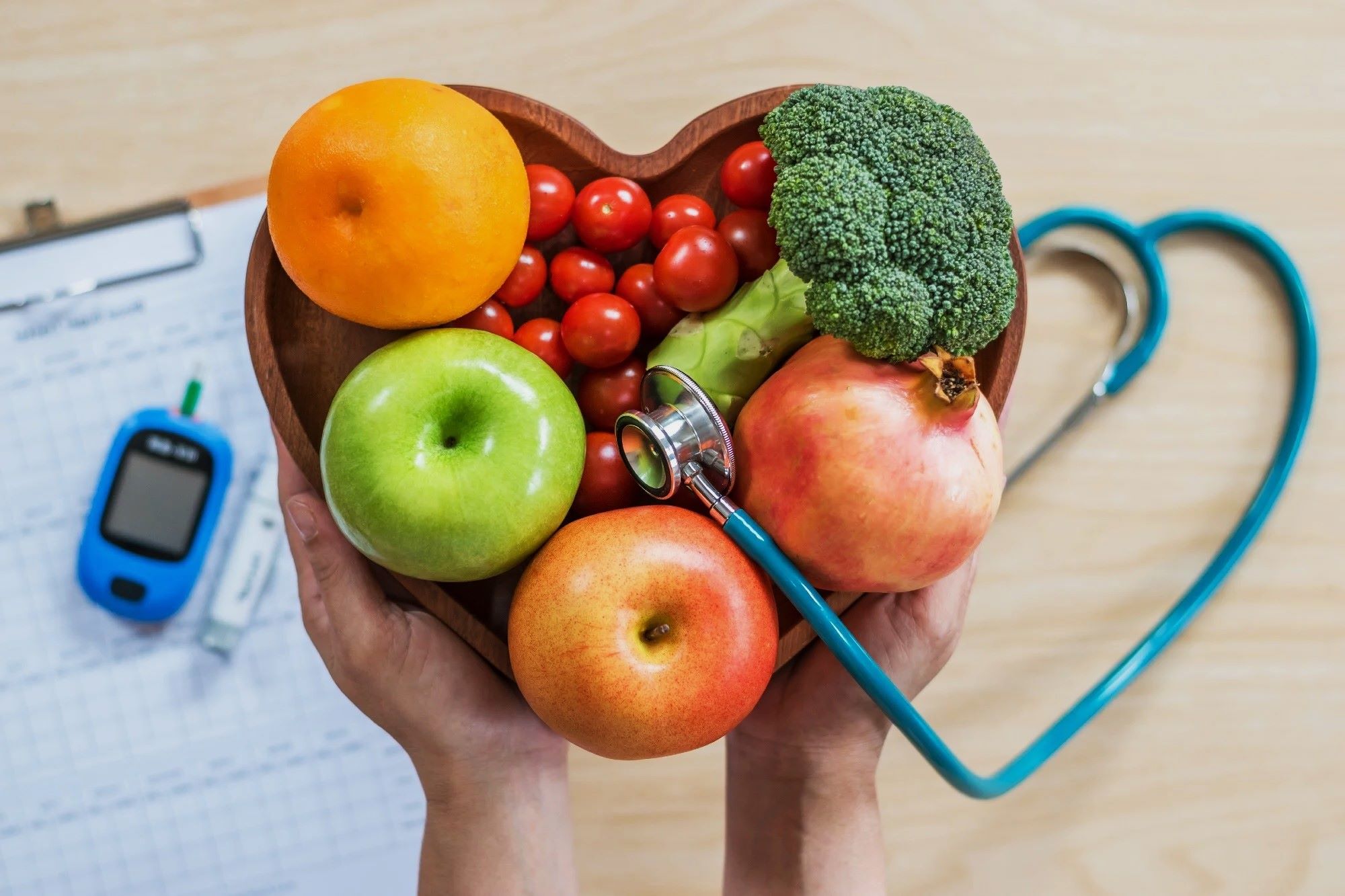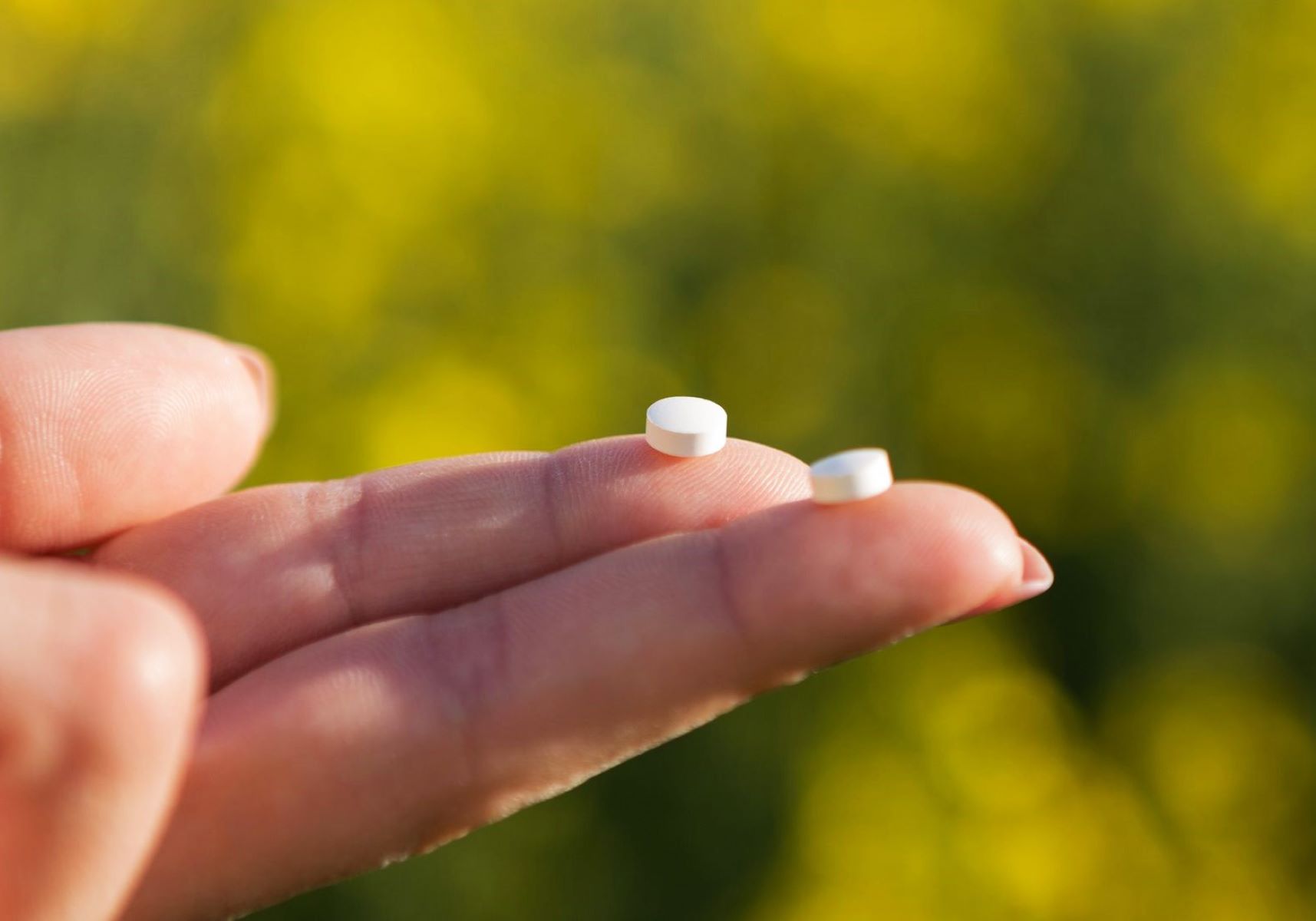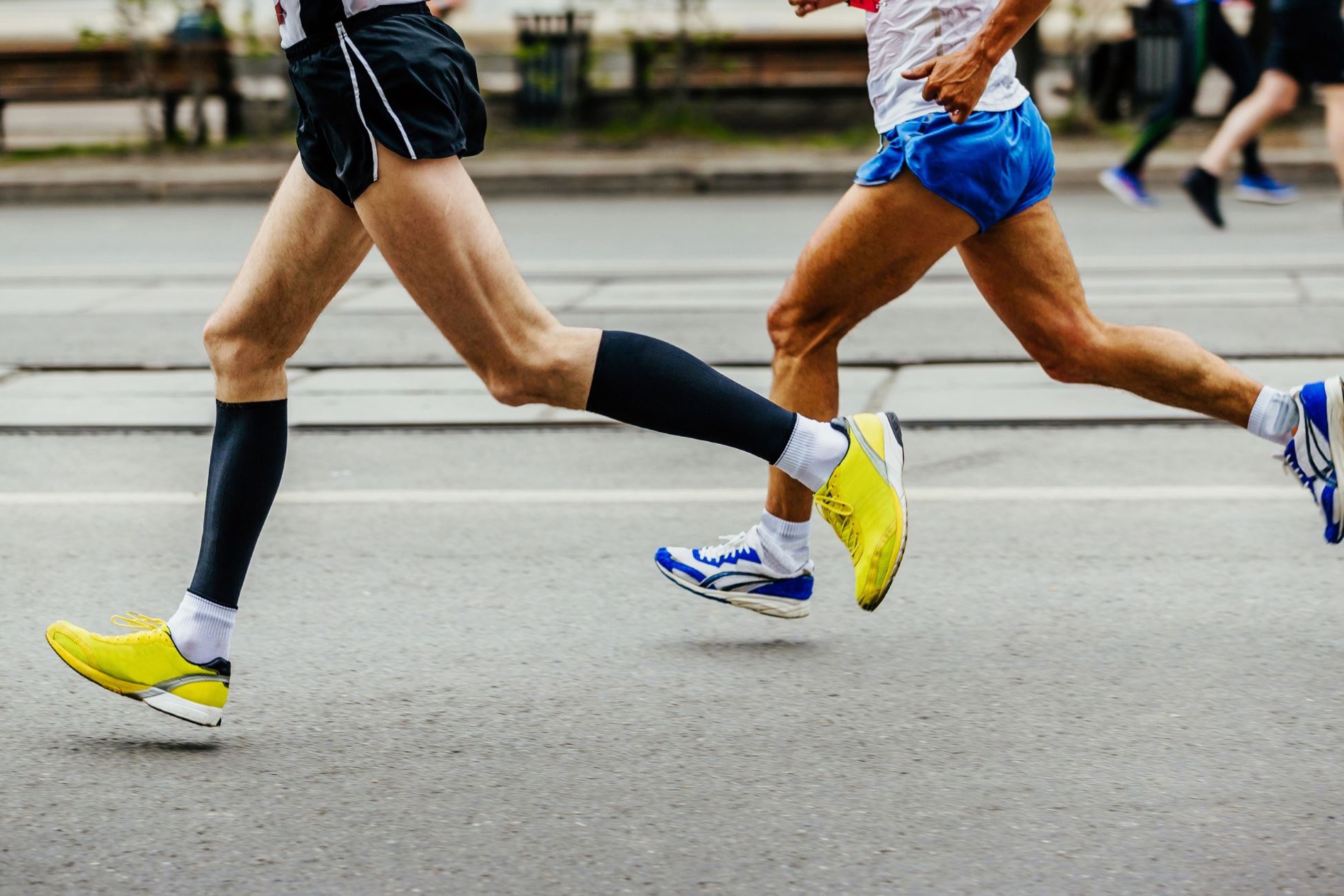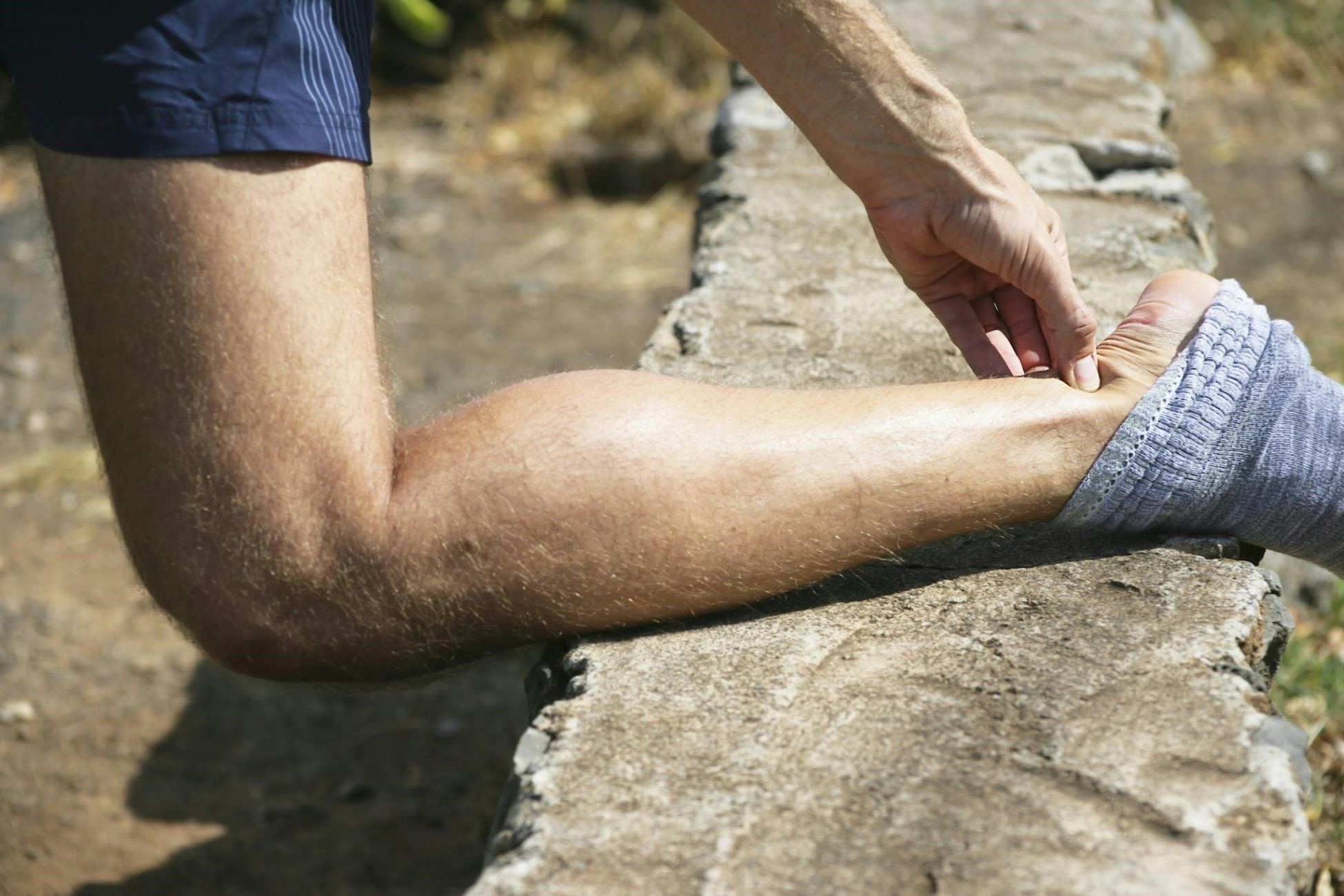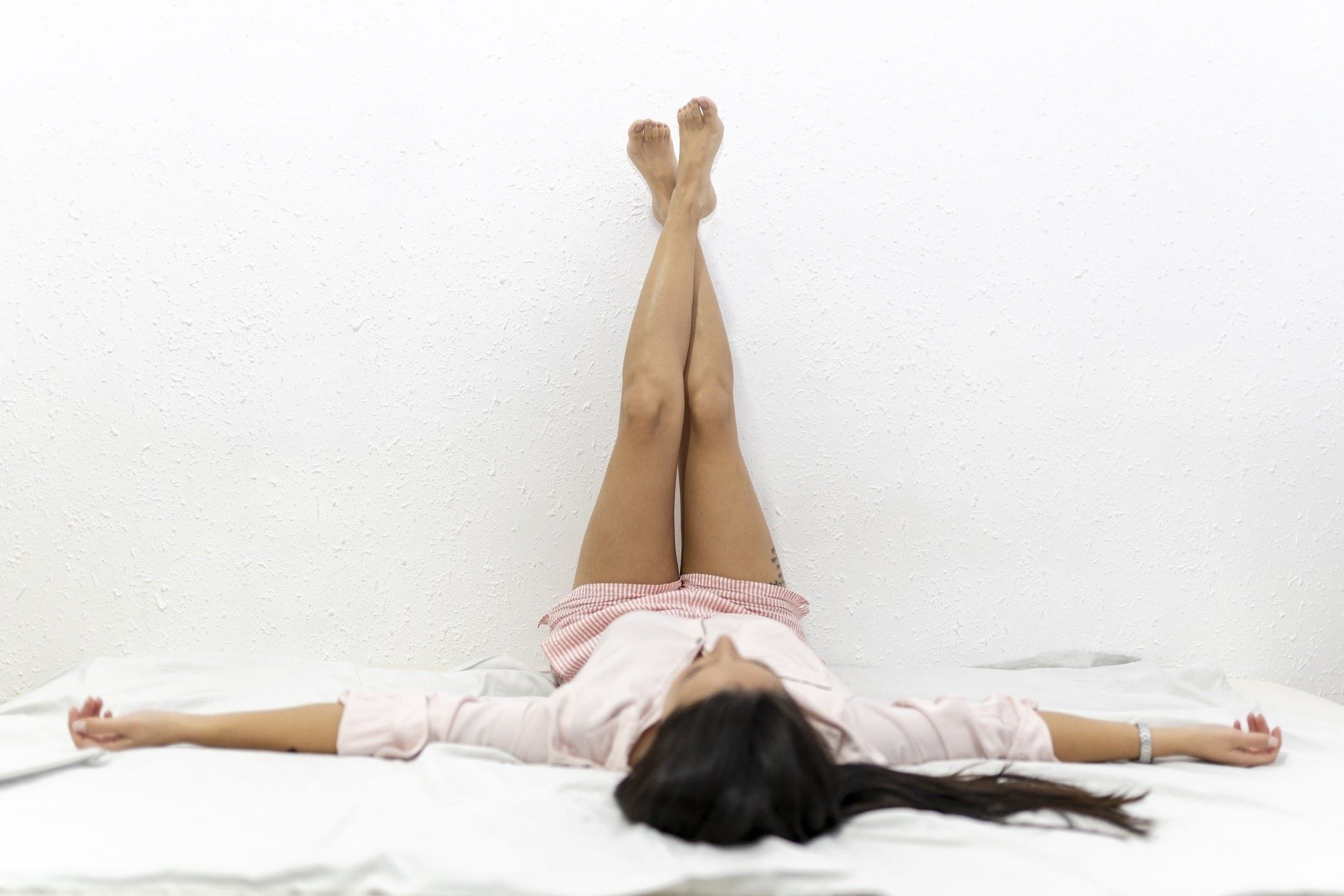Home>Health & Nutrition>Dealing With Cold Sores After A Long Run
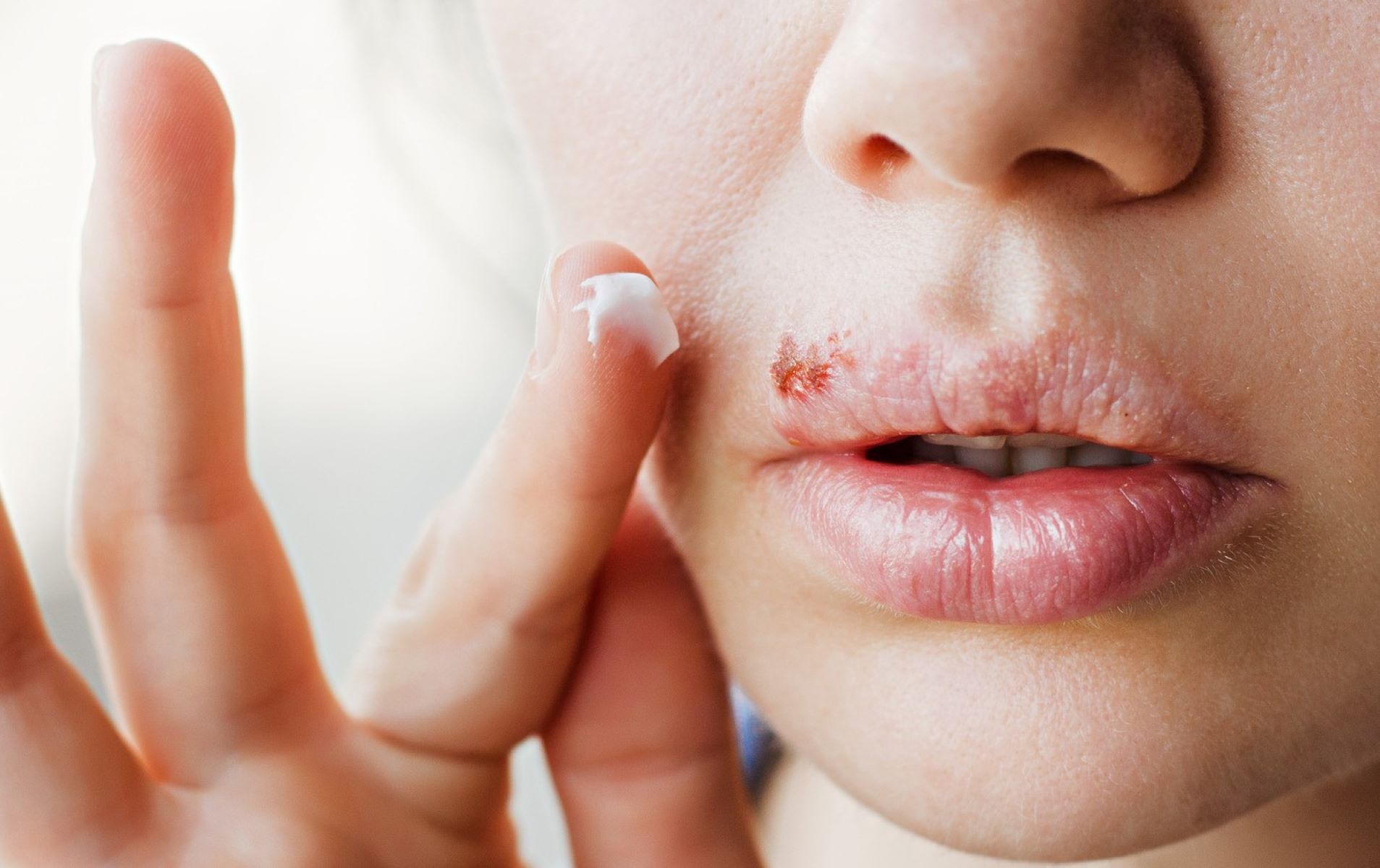

Health & Nutrition
Dealing With Cold Sores After A Long Run
Published: March 7, 2024
Learn how to manage cold sores after a long run with effective health and nutrition strategies. Get expert tips and advice to stay healthy and active.
(Many of the links in this article redirect to a specific reviewed product. Your purchase of these products through affiliate links helps to generate commission for Therunningadvisor.com, at no extra cost. Learn more)
Table of Contents
Understanding Cold Sores
Cold sores, also known as fever blisters, are small, fluid-filled blisters that typically appear on or around the lips. They are caused by the herpes simplex virus (HSV), which is highly contagious and can be easily spread through direct contact. Once a person is infected with the herpes simplex virus, it remains in the body for life and can become reactivated under certain conditions, such as stress, fatigue, or exposure to sunlight. Cold sores are not only unsightly but can also be painful and uncomfortable, especially when they occur after a long run or intense physical activity. Understanding the nature of cold sores is crucial for effectively managing and preventing their occurrence, particularly in the context of running and exercise.
Causes of Cold Sores After Exercise
-
Weakened Immune System: Intense physical activity, such as a long run, can temporarily weaken the immune system. When the body is under physical stress, the immune system's ability to fend off infections, including the herpes simplex virus, may be compromised.
-
Increased Stress Levels: Exercise, especially strenuous workouts, can lead to an increase in stress hormones such as cortisol. Elevated stress levels have been linked to the reactivation of the herpes simplex virus, potentially leading to the development of cold sores.
-
Exposure to Sunlight: Outdoor running exposes the skin to sunlight, which can trigger the reactivation of the herpes simplex virus. Ultraviolet (UV) radiation can weaken the immune system and directly activate the virus, leading to the formation of cold sores.
-
Dehydration: Prolonged physical activity, particularly in hot weather, can lead to dehydration. Dehydration compromises the body's ability to maintain optimal immune function, making it more susceptible to viral reactivation, including the herpes simplex virus.
-
Friction and Irritation: The repetitive motion and friction associated with running can cause irritation to the skin around the mouth, creating an environment conducive to the development of cold sores, especially if the herpes simplex virus is already present in the body.
Understanding these causes can help runners take proactive measures to prevent the occurrence of cold sores after exercise.
Prevention of Cold Sores During Physical Activity
-
Stay Hydrated: Proper hydration is essential for maintaining a strong immune system. Drink an adequate amount of water before, during, and after your run to prevent dehydration, which can make you more susceptible to cold sore outbreaks.
-
Use Sunscreen: If running outdoors, apply a broad-spectrum sunscreen to protect your lips and face from UV radiation. This can help reduce the risk of triggering the reactivation of the herpes simplex virus due to sun exposure.
-
Manage Stress: Incorporate stress-reducing techniques into your routine, such as deep breathing, meditation, or yoga. Managing stress levels can help prevent the reactivation of the herpes simplex virus, reducing the likelihood of cold sore development.
-
Protect Your Lips: Consider using a lip balm with added SPF protection to shield your lips from the sun and minimize irritation during physical activity. Additionally, wearing a moisture-wicking face mask or bandana while running can reduce friction and irritation around the mouth.
-
Boost Your Immune System: Prioritize a balanced diet rich in immune-boosting nutrients, such as vitamin C, zinc, and antioxidants. Adequate rest and recovery are also crucial for supporting a robust immune response, so ensure you get enough sleep, especially after demanding workouts.
-
Avoid Sharing Personal Items: Refrain from sharing water bottles, towels, or any personal items that come into contact with your face. This helps minimize the risk of spreading or contracting the herpes simplex virus from others.
By implementing these preventive measures, runners can significantly reduce the likelihood of experiencing cold sores during and after physical activity.
Treatment Options for Cold Sores Post-Workout
-
Topical Antiviral Creams: Over-the-counter antiviral creams, such as docosanol or acyclovir, can help reduce the severity and duration of cold sores. Apply the cream to the affected area as soon as you notice the tingling sensation that precedes the development of a cold sore.
-
Cold Compresses: Applying a cold compress to the affected area can provide relief from pain and discomfort associated with cold sores. The cold temperature can also help reduce inflammation and promote faster healing.
-
Pain Relievers: Over-the-counter pain relievers, such as ibuprofen or acetaminophen, can help alleviate the pain and discomfort caused by cold sores. Follow the recommended dosage instructions and precautions when using these medications.
-
Avoid Touching or Picking: It's crucial to refrain from touching or picking at the cold sore to prevent further irritation and potential bacterial infection. Touching the sore can also increase the risk of spreading the virus to other areas of the body or to other individuals.
-
Stay Hydrated and Maintain Nutrition: Drinking plenty of water and consuming a balanced diet can support the body's immune response and aid in the healing process. Nutrient-rich foods, such as fruits, vegetables, and lean proteins, can provide essential vitamins and minerals necessary for recovery.
-
Avoid Triggering Factors: Identify and avoid factors that may trigger cold sore outbreaks, such as prolonged exposure to sunlight, excessive stress, or fatigue. Taking proactive measures to minimize these triggers can help prevent the recurrence of cold sores.
-
Consult a Healthcare Professional: If cold sores persist or become increasingly severe, it's advisable to seek guidance from a healthcare professional. They can provide personalized treatment recommendations, prescribe antiviral medications, or offer additional medical interventions to manage the condition effectively.
By employing these treatment options, individuals can alleviate the discomfort of cold sores following a strenuous workout and facilitate a speedier recovery process.
Tips for Managing Cold Sores After a Long Run
-
Gentle Cleansing: After a long run, gently cleanse the affected area around the cold sore with mild soap and water. Avoid harsh scrubbing or abrasive cleansers, as they can further irritate the skin and prolong the healing process.
-
Moisturize the Lips: Keep the lips well-moisturized with a lip balm or ointment to prevent dryness and cracking. Look for products containing moisturizing ingredients, such as shea butter or beeswax, to soothe the skin and promote healing.
-
Avoid Certain Foods: Some foods, particularly those high in arginine, such as nuts, chocolate, and seeds, can potentially exacerbate cold sores. Limiting consumption of these foods during an outbreak may help manage the condition.
-
Use a Protective Barrier: If engaging in outdoor activities, consider using a protective barrier, such as a lip balm with SPF or a physical barrier like a face mask, to shield the lips from sun exposure and minimize friction.
-
Manage Stress: Incorporate stress-reducing activities into your post-run routine, such as relaxation exercises or engaging in hobbies that promote calmness. Managing stress can help prevent the reactivation of the herpes simplex virus.
-
Monitor Healing Progress: Keep an eye on the healing progress of the cold sore. If there are signs of infection, such as increasing redness, swelling, or drainage, seek medical attention promptly.
-
Avoid Close Contact: Refrain from close contact, such as kissing, sharing utensils, or engaging in oral activities, to prevent spreading the virus to others or to different areas of your own body.
-
Stay Informed: Stay informed about cold sore management and prevention strategies. Understanding the triggers and effective management techniques can empower you to take proactive steps in dealing with cold sores after a long run.
By implementing these tips, individuals can effectively manage cold sores after a long run and minimize their impact on overall well-being and running performance.

